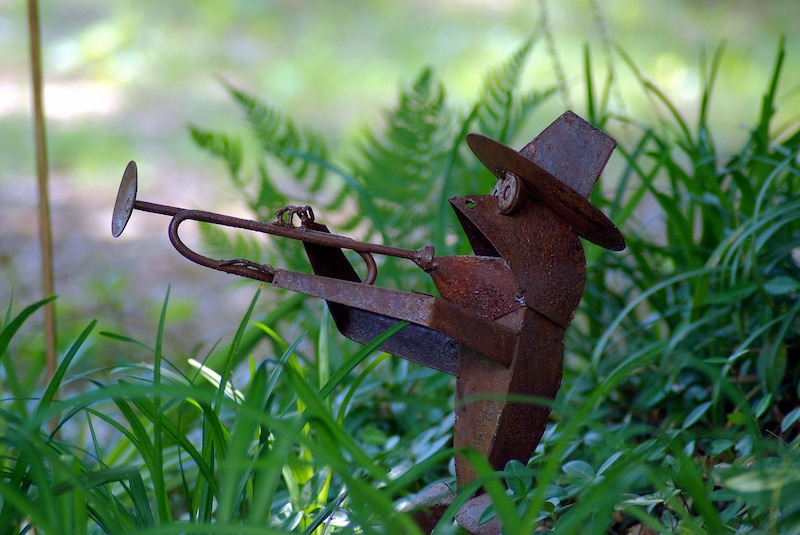Ornamental grasses can add a fantastic accent to any yard and bring excitement to a low-maintenance landscape. Check out this guide to know which ornamental grass is best for your yard.
Ornamental Grasses
These days, the grass isn't always greener on the other side of the fence, and I don't say that because the grass hasn't been watered all summer. Fall is the time when most ornamental grasses begin to show off their best colors. The rusty reds, maroons and golds are highlighted by the low angle of the afternoon sunshine in autumn. This is especially true if the grasses are backlit. If it is possible in your landscape, plant some tall ornamental grasses where the afternoon sunlight will be behind them; the grass will light up from behind as the sun sets.
Grasses are typically found in open sunny areas, so most will do best if given at least six hours of direct sunshine. White variegated varieties help brighten up shady areas, but too much shade will cause them to lose some of the coloration.
Yellow striped varieties can get sunburned if given too much sun. Plants grown in shade or high humidity can have problems with fungal disease known as rust.
Most ornamental grasses are hardy in USDA Hardiness Zones 4 through 10, while many are hardier in Zone 3. A few are not as hardy, especially Pampas Grass (Cortaderia selloana), which is only hardy through Zone 7; and Fountain grass (Pennisetum) and Japanese Blood Grass (Imperata), which are only hardy through Zone 5.
Although many ornamental grasses are drought-tolerant and can get by without supplemental water a couple of years after planting, most will produce showier seed heads if watered weekly during extended dry seasons. Most of the native tall prairie grasses will do well in very moist conditions. The flat croplands of Middle America weren't opened up to farming by the plow as much as they were opened by the drain tile. Flatlands don't dry out quickly, so many prairie plants do well in the wet rain garden areas of the modern landscape.
A dry, dormant grass plant provides seeds and shelter for birds in the winter. To keep the landscape looking neat, it can be cut down any time after it goes dormant until it starts to regrow in the spring. Dried grass stems and bunches of leaves make great additions to flower arrangements and wreaths.
The clumps can be cut off with a hedge clipper. Rather than fertilizing ornamental grasses, which tend to cause lanky, unkempt growth, just add a couple of inches of compost or mulch around the plant each spring.
Most of these grasses grow in clumps and don't spread too quickly. After several years, the center of a clump may not have much growth with a ring of green grass around it. If you don't like this, just dig up the clump in the early spring. Throw out the old parts, and replant the green parts or transplant some to other areas.
Fall is the best time to buy ornamental grasses at the garden center. Look at each plant's height, color and style of seed head to see whether it is what you want. If you buy them earlier in the season, you will have to depend on pictures in books to guide you. Arboretums and botanical gardens are good places to go in the fall to find out what the mature plant looks like.
Grass plants all have thin, upright leaves growing in a mounded shape, which contrasts nicely with medium to coarse visually textured plants. Use tall grasses in the back of a flowerbed to act as a backdrop, and use smaller grasses and perennial flowers mixed in front as accents.
Email questions to Jeff Rugg at [email protected]. To find out more about Jeff Rugg and read features by other Creators Syndicate writers and cartoonists, visit the Creators Syndicate website at www.creators.com.
COPYRIGHT 2017 JEFF RUGG
DISTRIBUTED BY CREATORS.COM



